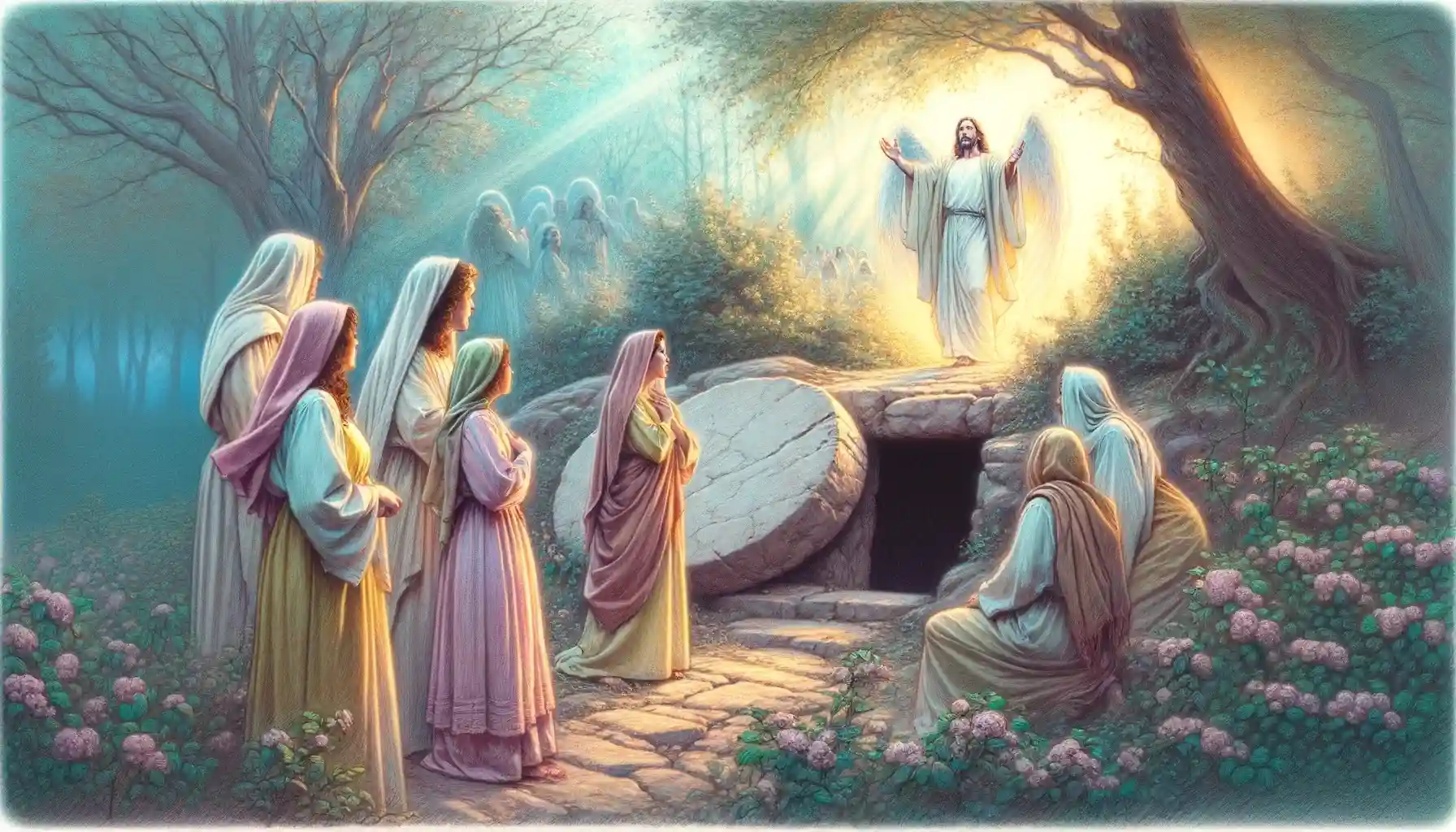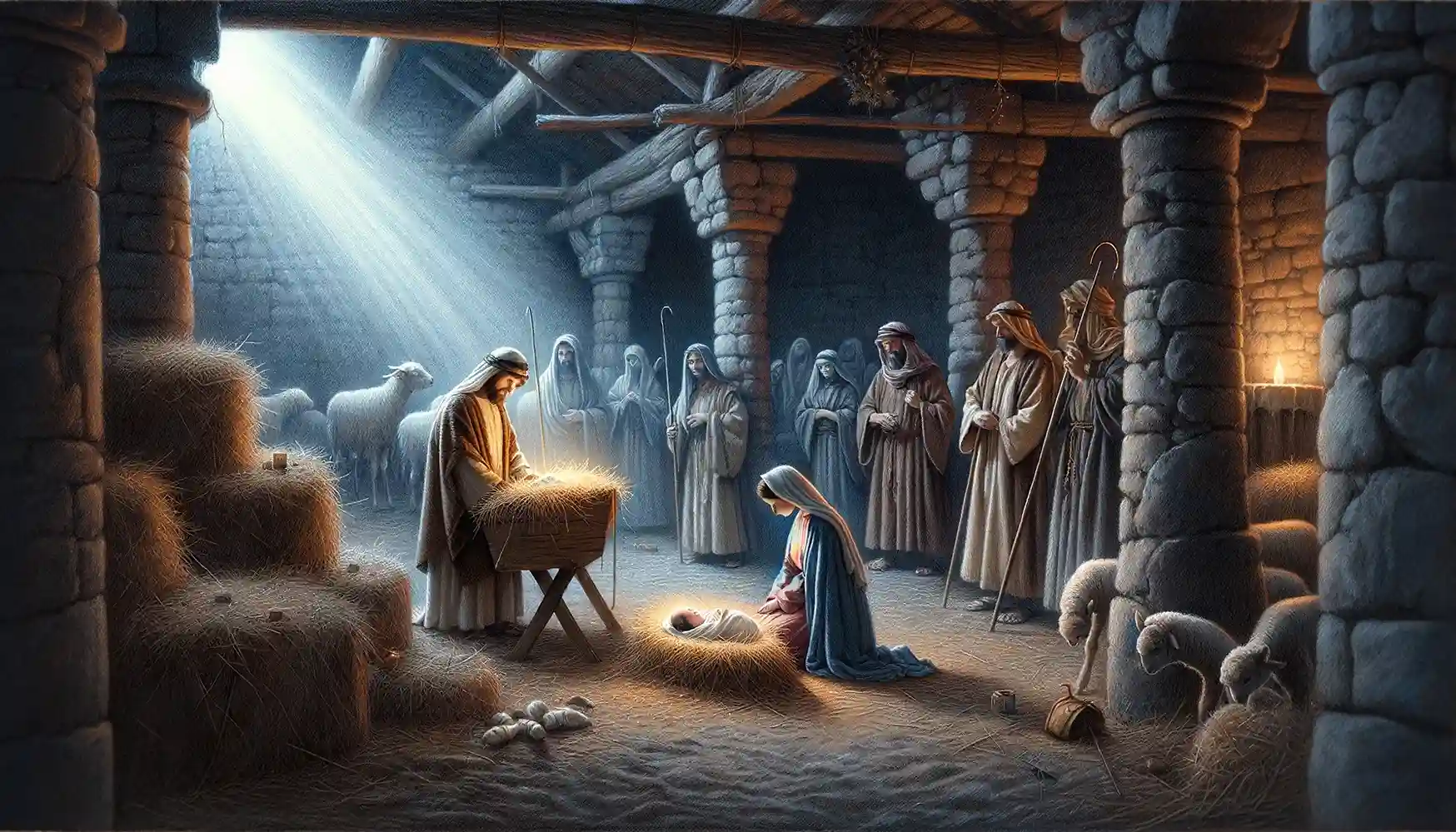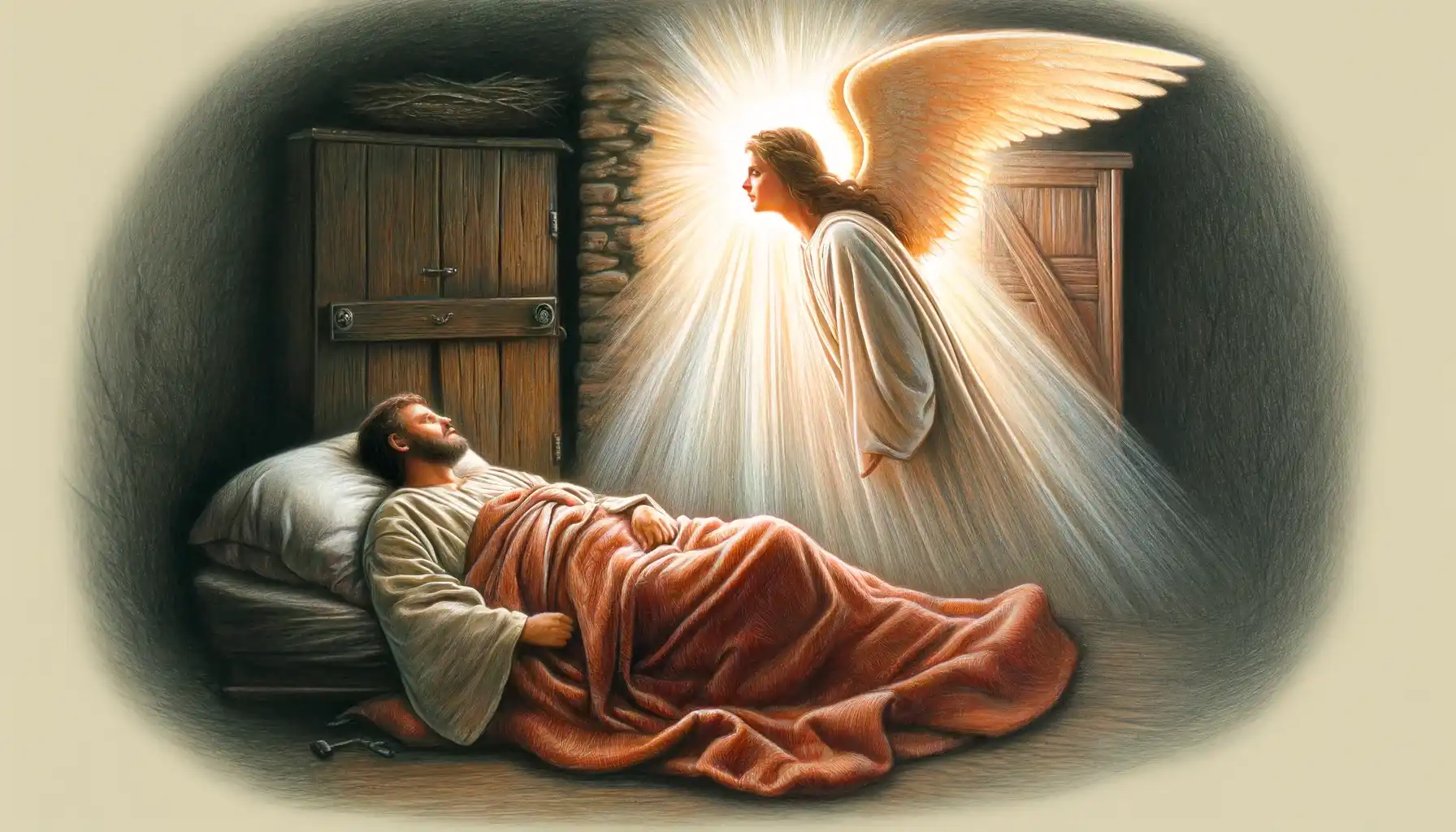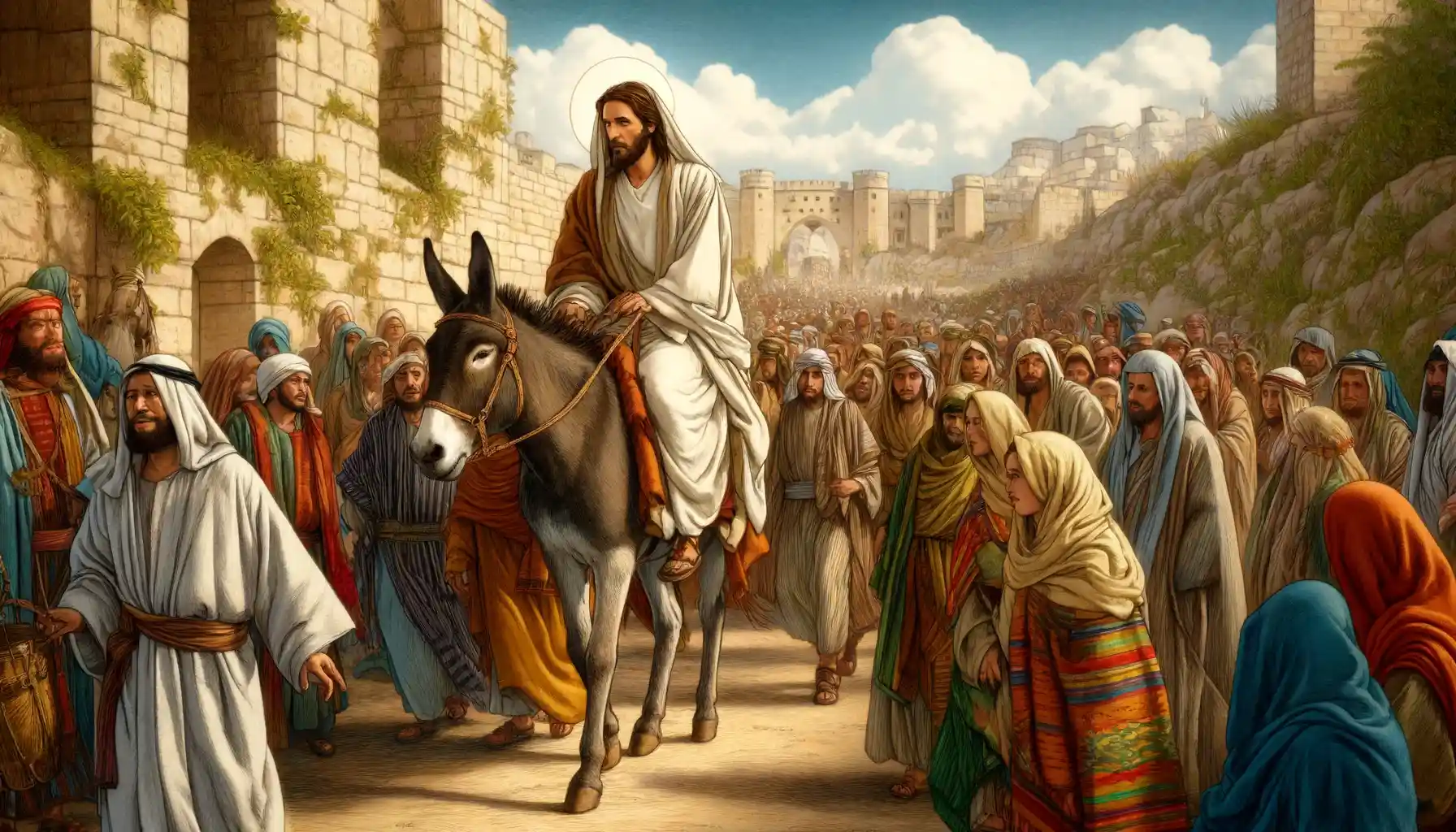In Luke 24:1-12, the Resurrection of Jesus is revealed when several women, visiting His tomb to anoint His body, find the stone rolled away and the tomb empty, an event confirmed by angels who remind them of Jesus’ prophecy about His death and resurrection, leading to a transformative discovery that initially meets skepticism from the disciples, except Peter, who investigates and marvels at the fulfillment of Jesus’ words.
The narrative of the Birth of Jesus in Luke 2:1-20 offers a profound glimpse into the miraculous events surrounding the arrival of Christ, emphasizing themes of prophecy, divine humility, and celestial joy, set against a backdrop of Roman governance and fulfilled through a humble manger in Bethlehem.
The prophecy of a virgin birth in Isaiah 7:14, fulfilled in Matthew 1:18-23, profoundly articulates the theological and historical dimensions of Jesus’ miraculous conception, emphasizing His divine nature and the fulfillment of Old Testament prophecy, which is central to Christian doctrine and worship.
The biblical event of Jesus’ entry into Jerusalem on a donkey, as described in both the Old and New Testaments, serves as a significant fulfillment of prophetic scripture and a pivotal moment in Christian theology. Here are the essential facts …
Jerusalem, a city steeped in millennia of history, holds profound significance for Christians as the site of Jesus’ crucifixion, resurrection, and the birthplace of the Church, embodying the fulfillment of biblical prophecy and a beacon of hope for the promised return of Christ.





